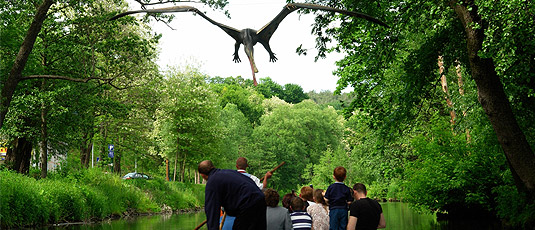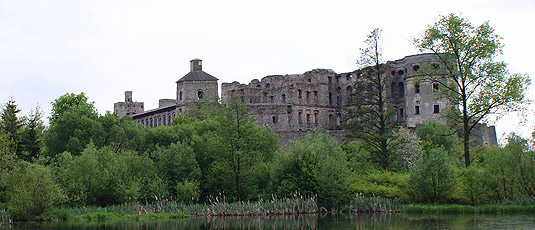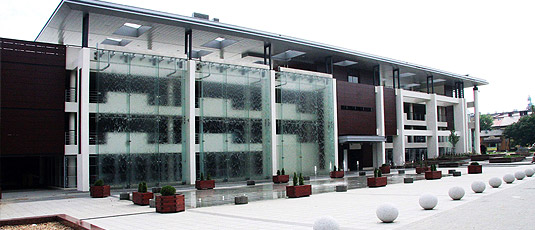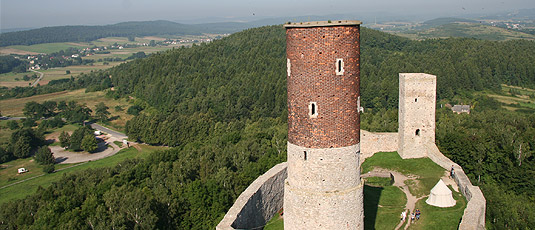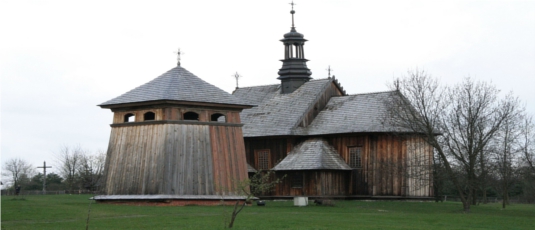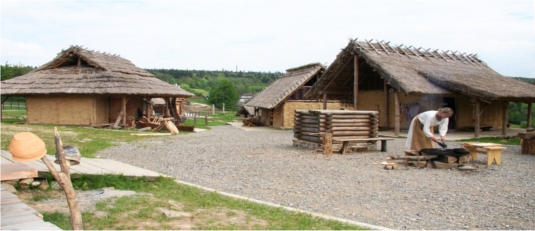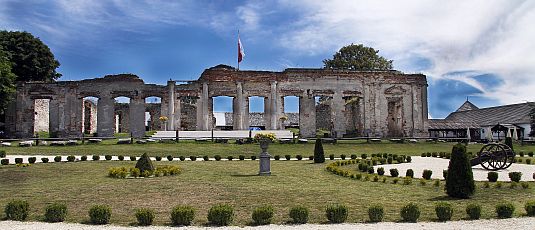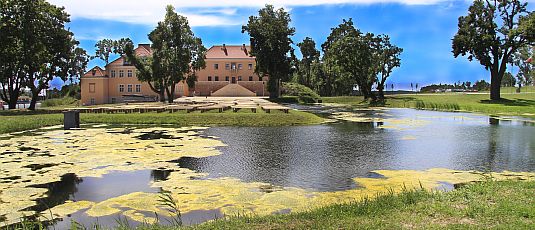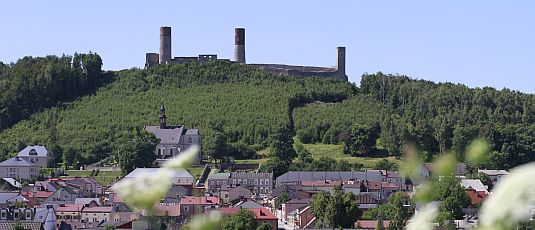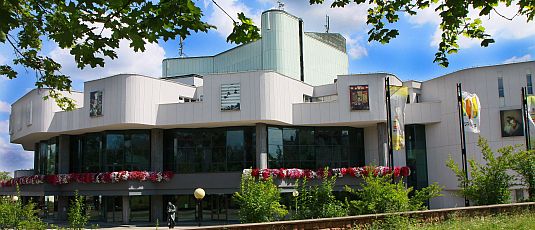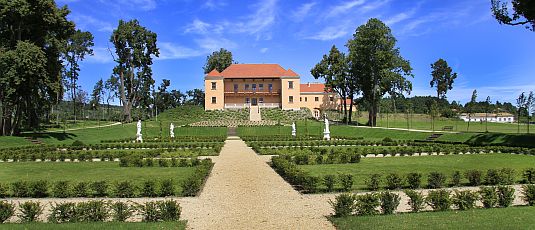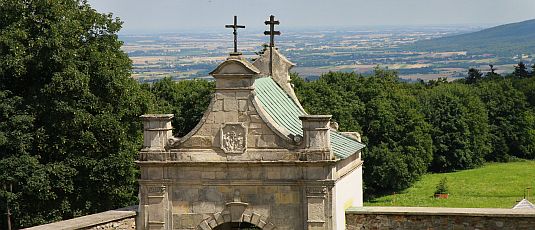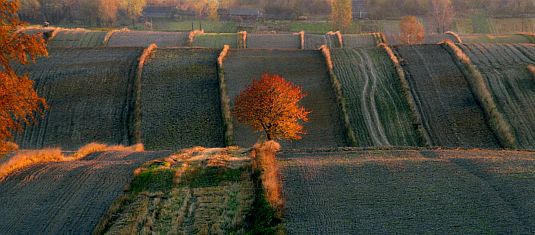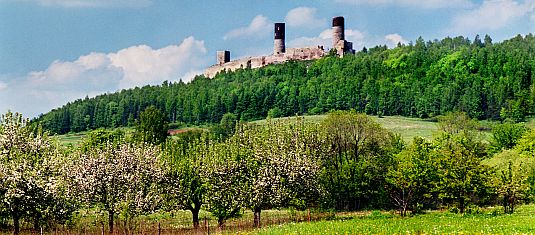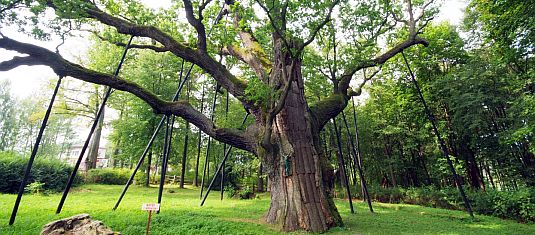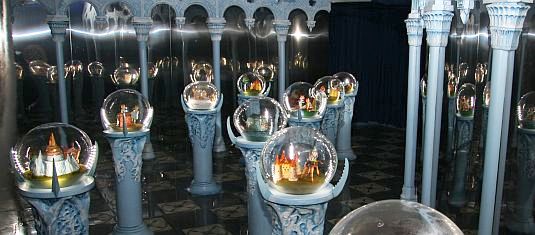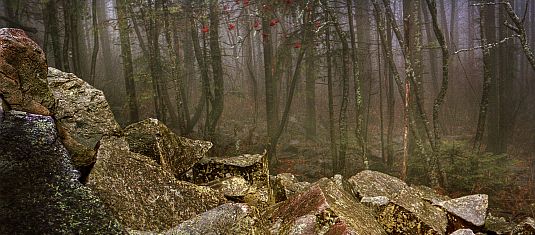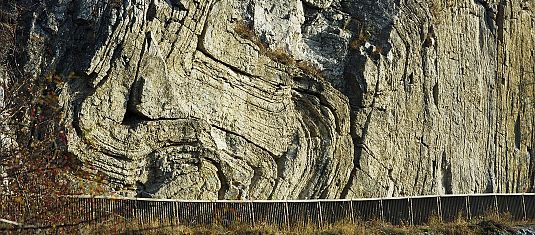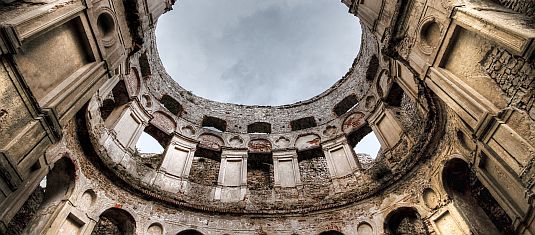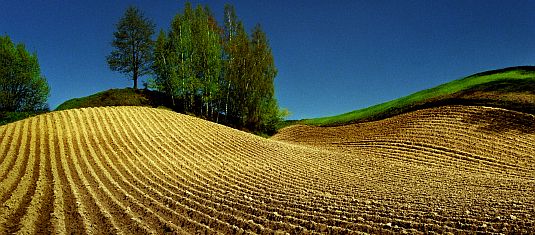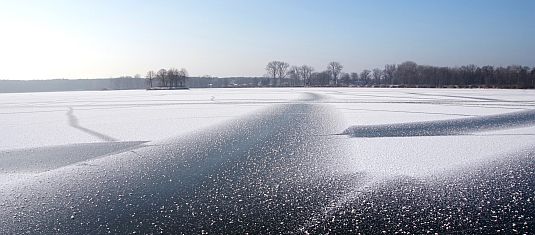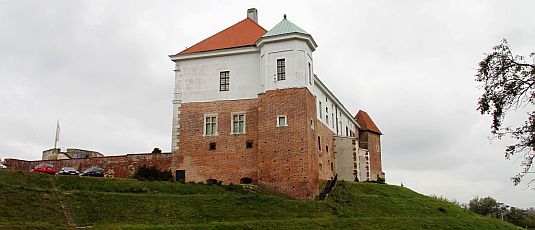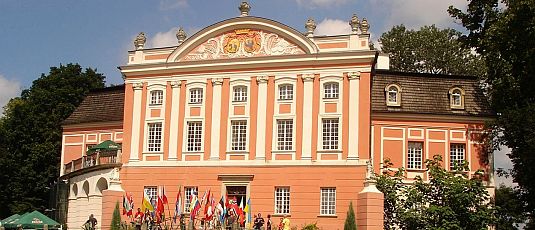A land garlanded with an azure ribbon of the Nida River
Pińczów, a town in the Świętokrzyskie Voivodeship, is a heart of Ponidzie (the Nida Riverside). It was established by cardinal Zygmunt Oleśnicki and has been the main reformation centre of Małopolska (Little Poland), as well as a residence of the Arians, a monastic brotherhood known also as Bracia Polscy (the Polish Brethren). Furthermore, Pińczów is a place where the first and the most poetical Polish translation of the Bible, called the Brzeska (Brest) Bible, was made; the later parson of Krzyżanowice and Pińczów and the co-author of the Constitution of May 3 obtained his education; and the court architect of Stefan Batory and Zygmunt II Waza (Sigismund III Vasa) had his stone workshop. The sites worth seeing are: the post-Pauline monastic complex; a Renaissance synagogue; the palace of the Wielopolski Family; the House in the Mirów District - an Arian printing house; St. Anna’s Hill with a domical chapel made of “pińczak”(the local limestone), according to the design of Santi Gucci, as well as its beautiful surrounding and the meanders of the Nida River. Another popular attraction is a station of the Narrow Gauge Railway “Ciuchcia Express Ponidzie” (the Nida Riverside Express Locomotive).
"Ponidzie wiosenne, Ponidzie leniwe, prężysz się jak do słońca kot..." - słowa Wojtka Bellona aktualne i dziś.
Pińczów, a town in the Świętokrzyskie Voivodeship, is a heart of Ponidzie (the Nida Riverside). It was established by cardinal Zygmunt Oleśnicki and has been the main reformation centre of Małopolska (Little Poland), as well as a residence of the Arians, a monastic brotherhood known also as Bracia Polscy (the Polish Brethren). Furthermore, Pińczów is a place where the first and the most poetical Polish translation of the Bible, called the Brzeska (Brest) Bible, was made; the later parson of Krzyżanowice and Pińczów and the co-author of the Constitution of May 3 obtained his education; and the court architect of Stefan Batory and Zygmunt II Waza (Sigismund III Vasa) had his stone workshop. The sites worth seeing are: the post-Pauline monastic complex; a Renaissance synagogue; the palace of the Wielopolski Family; the House in the Mirów District - an Arian printing house; St. Anna’s Hill with a domical chapel made of “pińczak”(the local limestone), according to the design of Santi Gucci, as well as its beautiful surrounding and the meanders of the Nida River. Another popular attraction is a station of the Narrow Gauge Railway “Ciuchcia Express Ponidzie” (the Nida Riverside Express Locomotive).
The St. Anna’s Chapel, covered by a dome with a lantern
"Ponidzie wiosenne, Ponidzie leniwe, prężysz się jak do słońca kot..." - słowa Wojtka Bellona aktualne i dziś.

